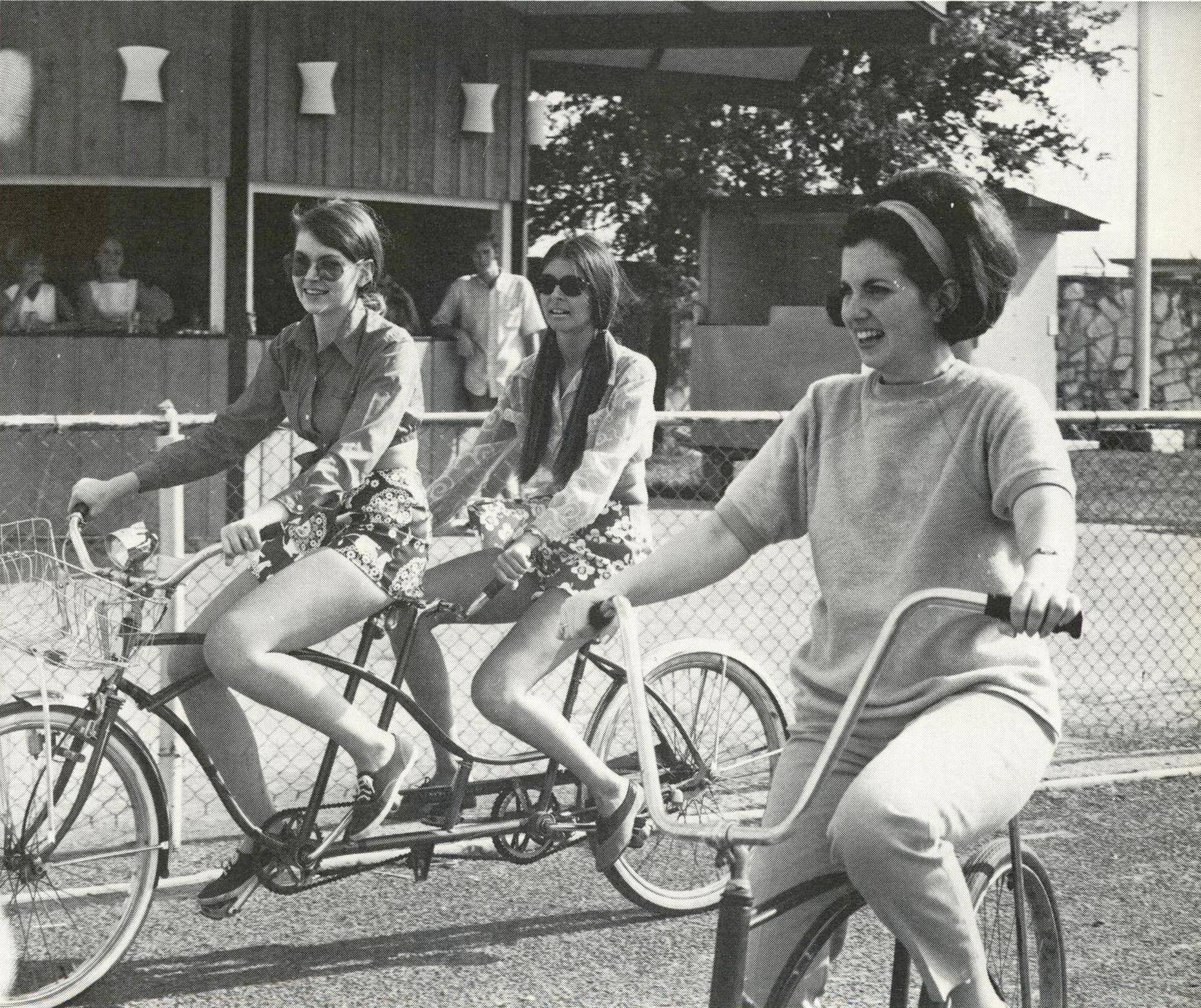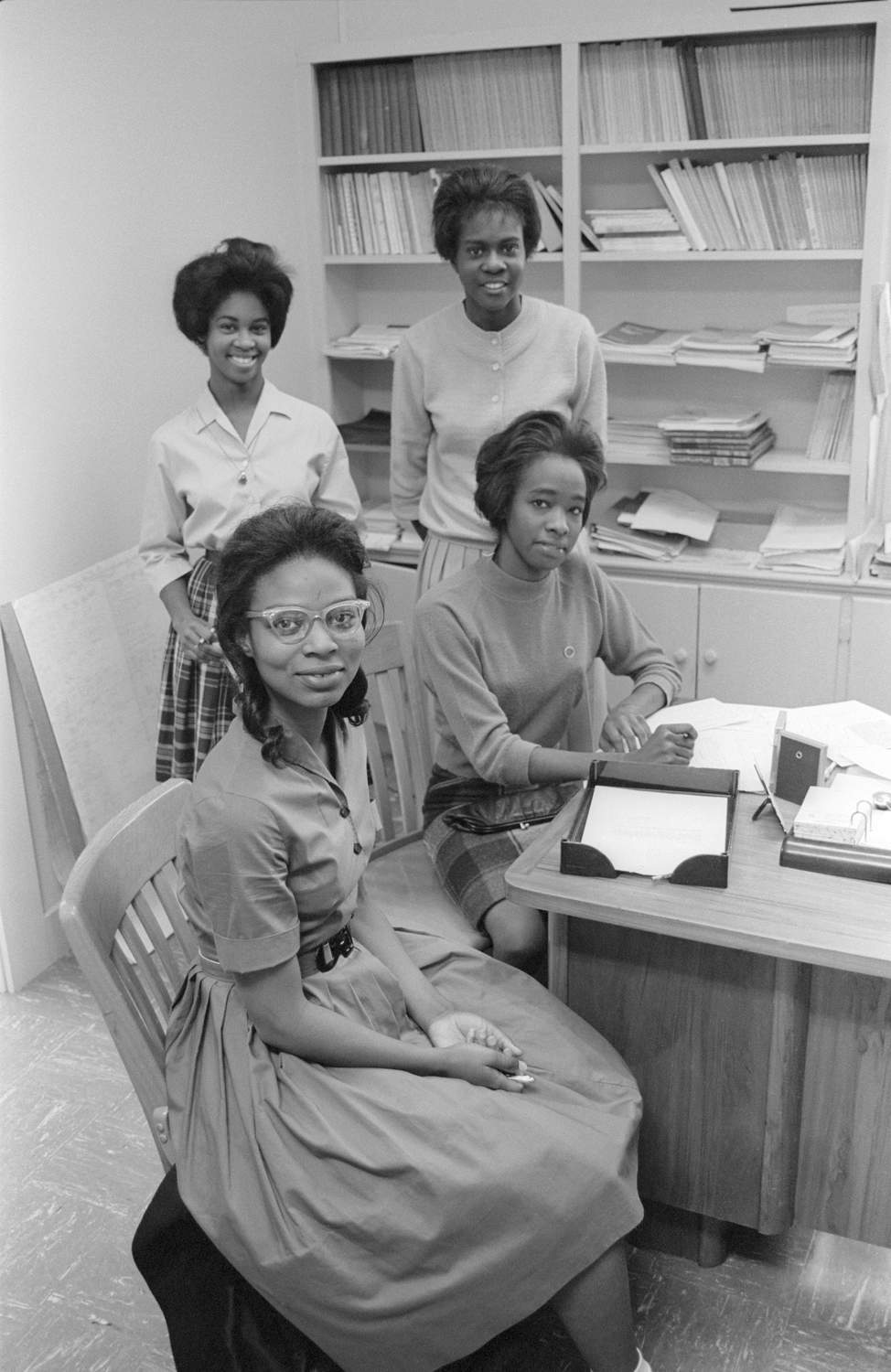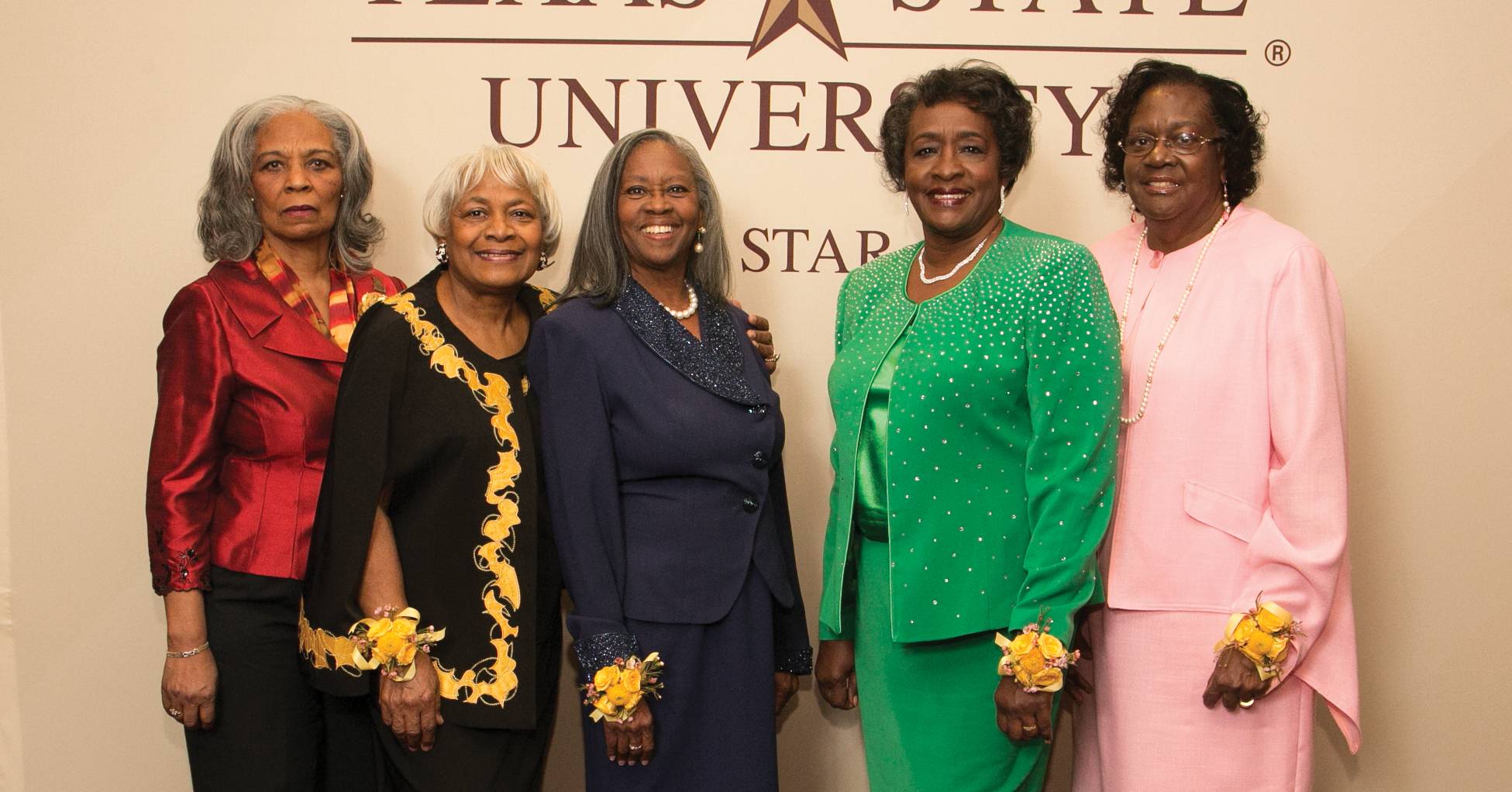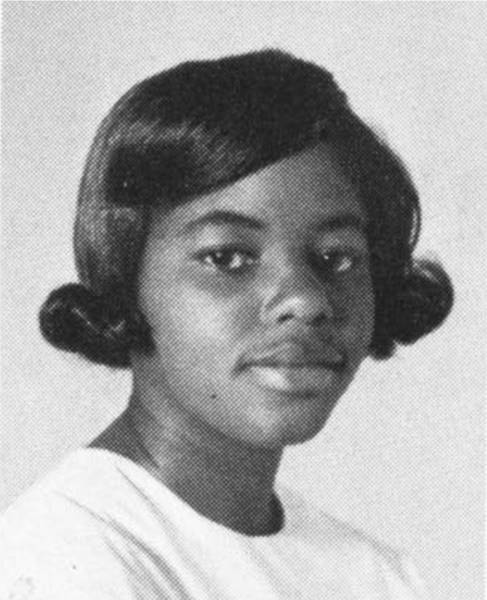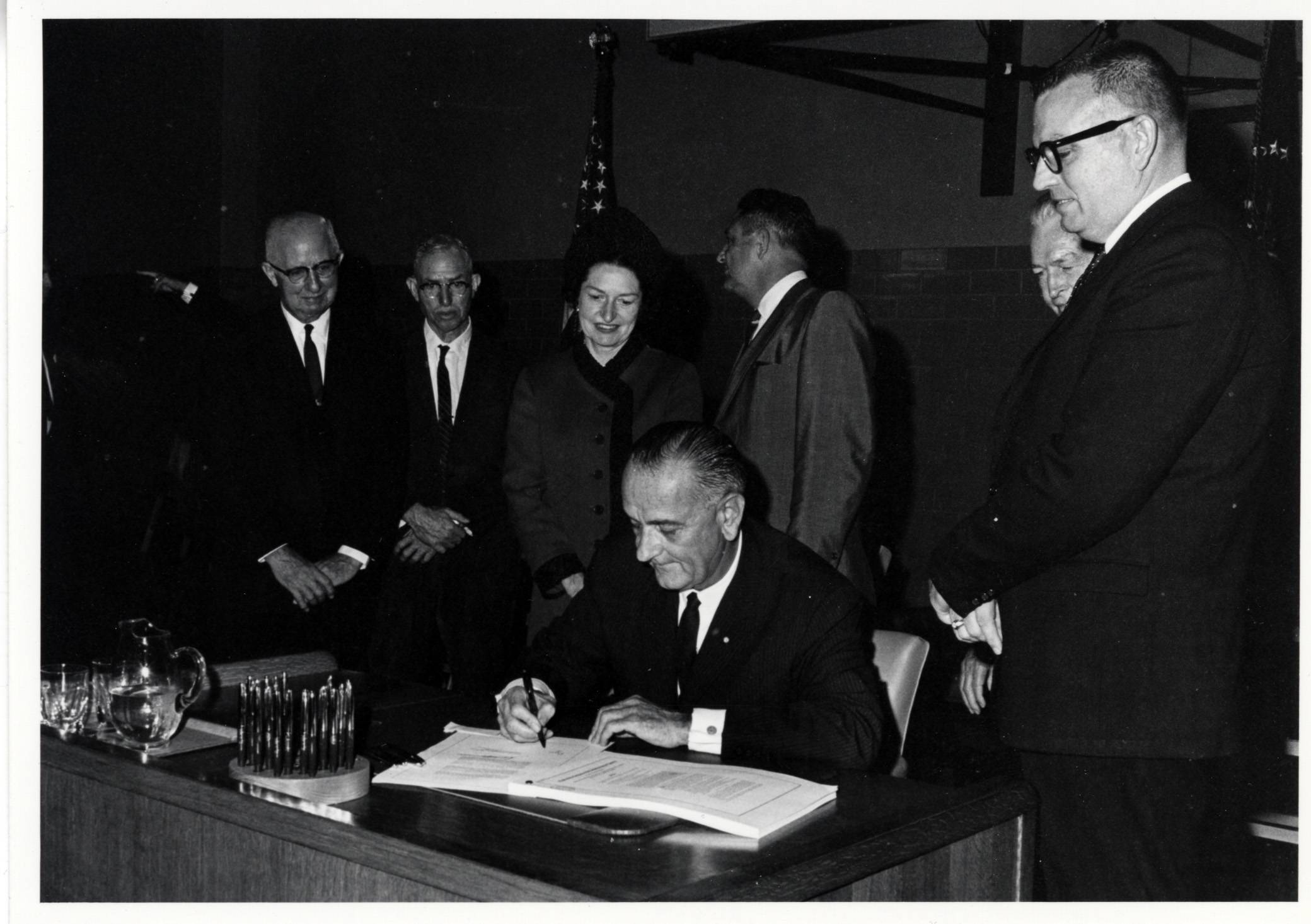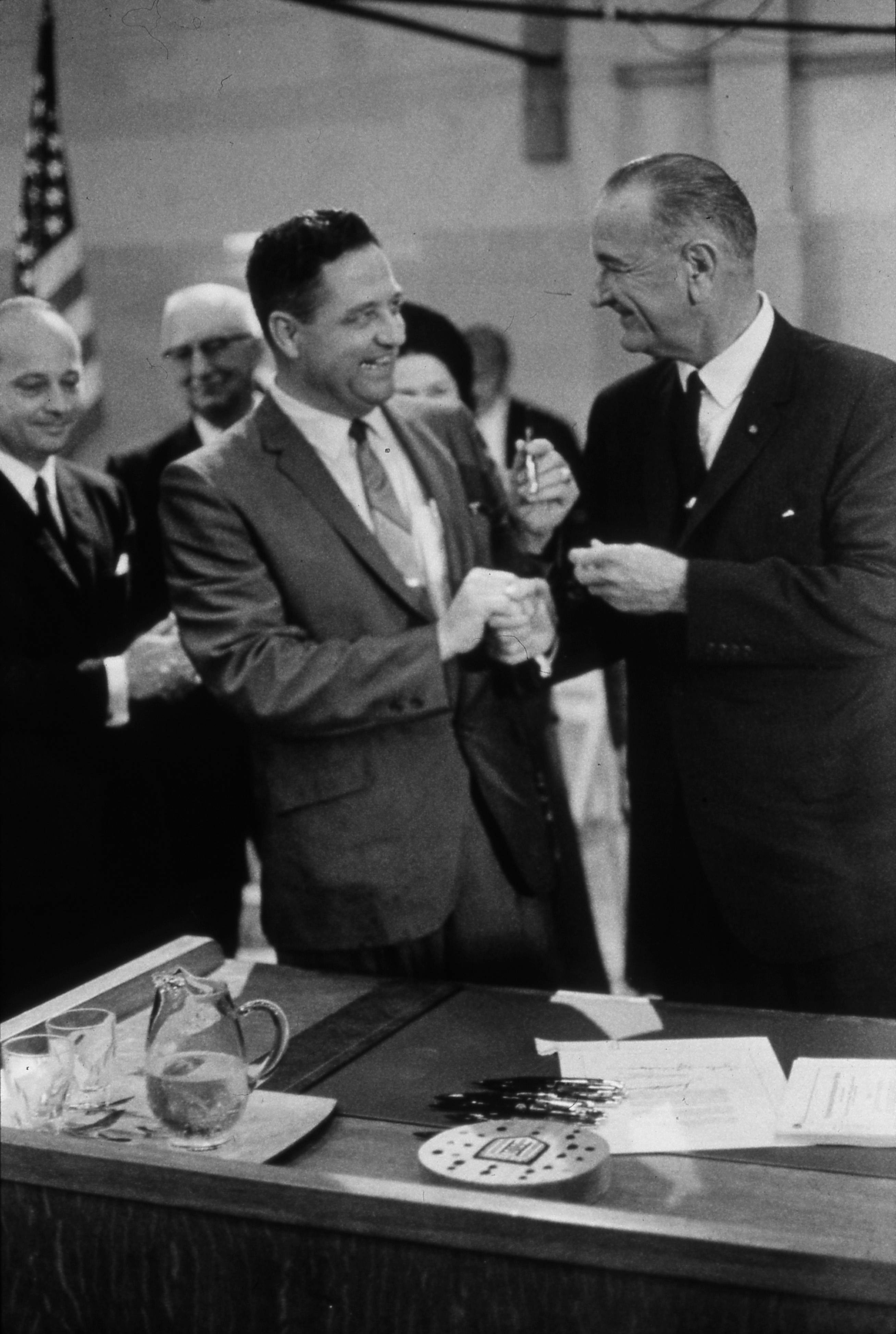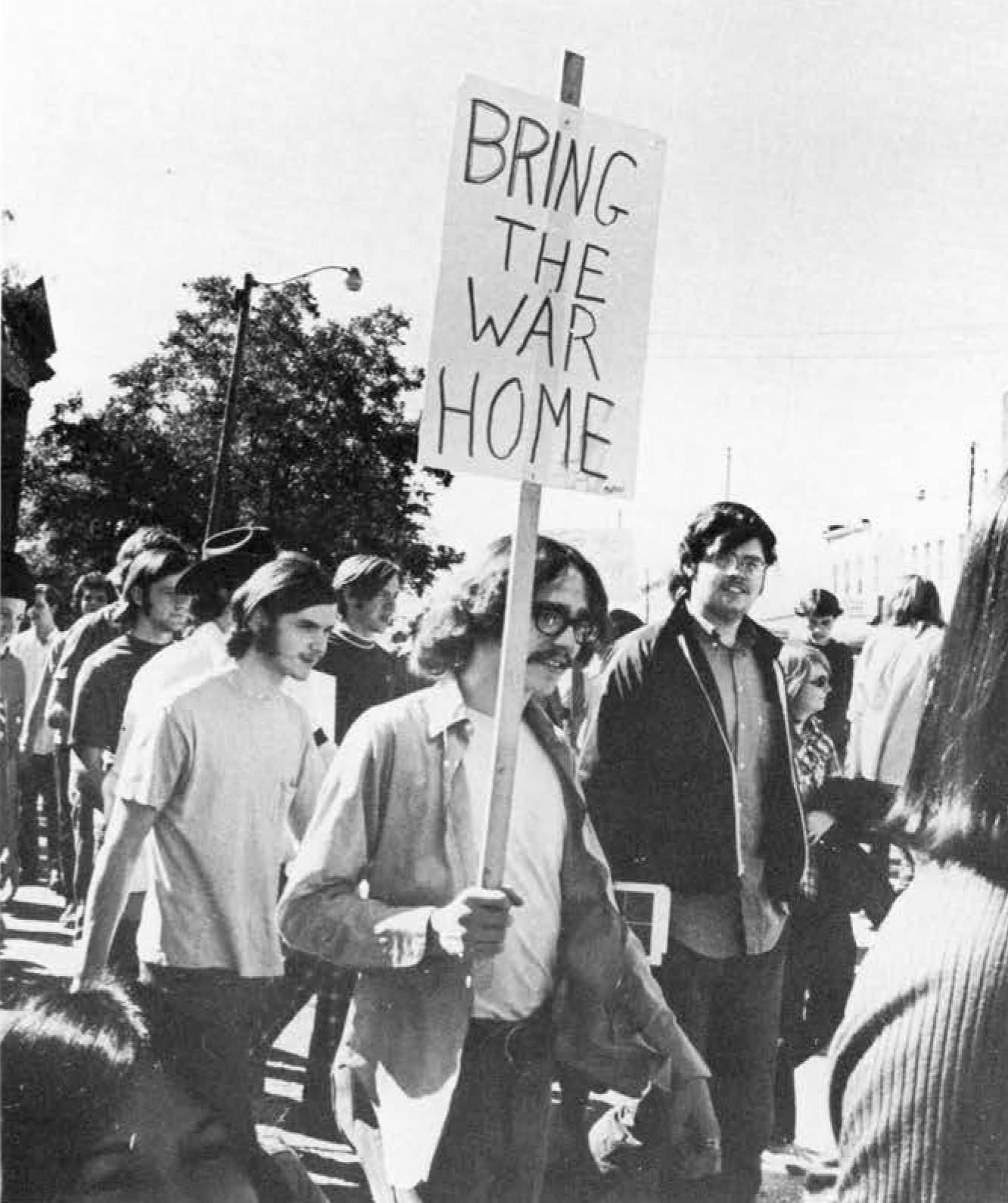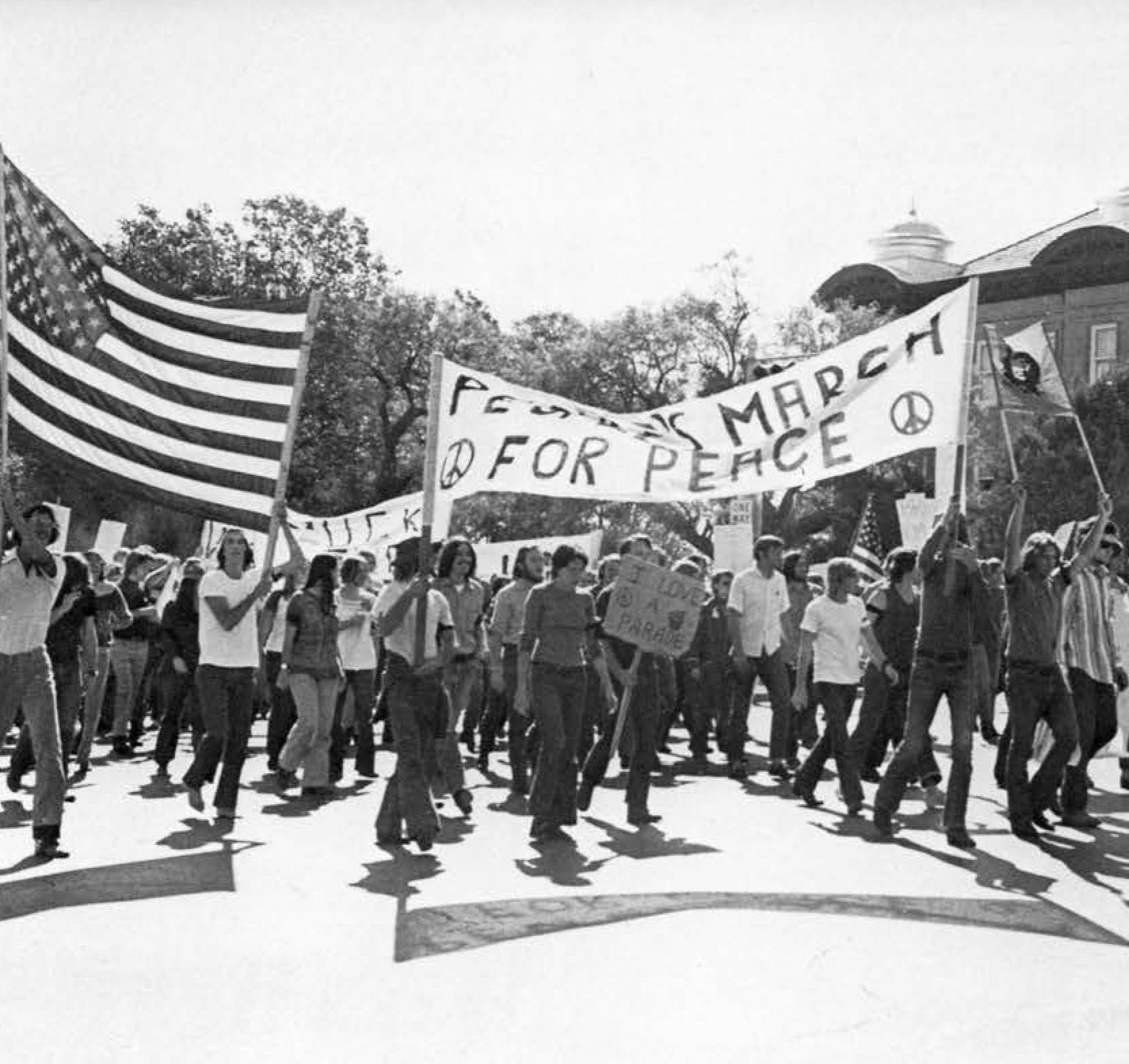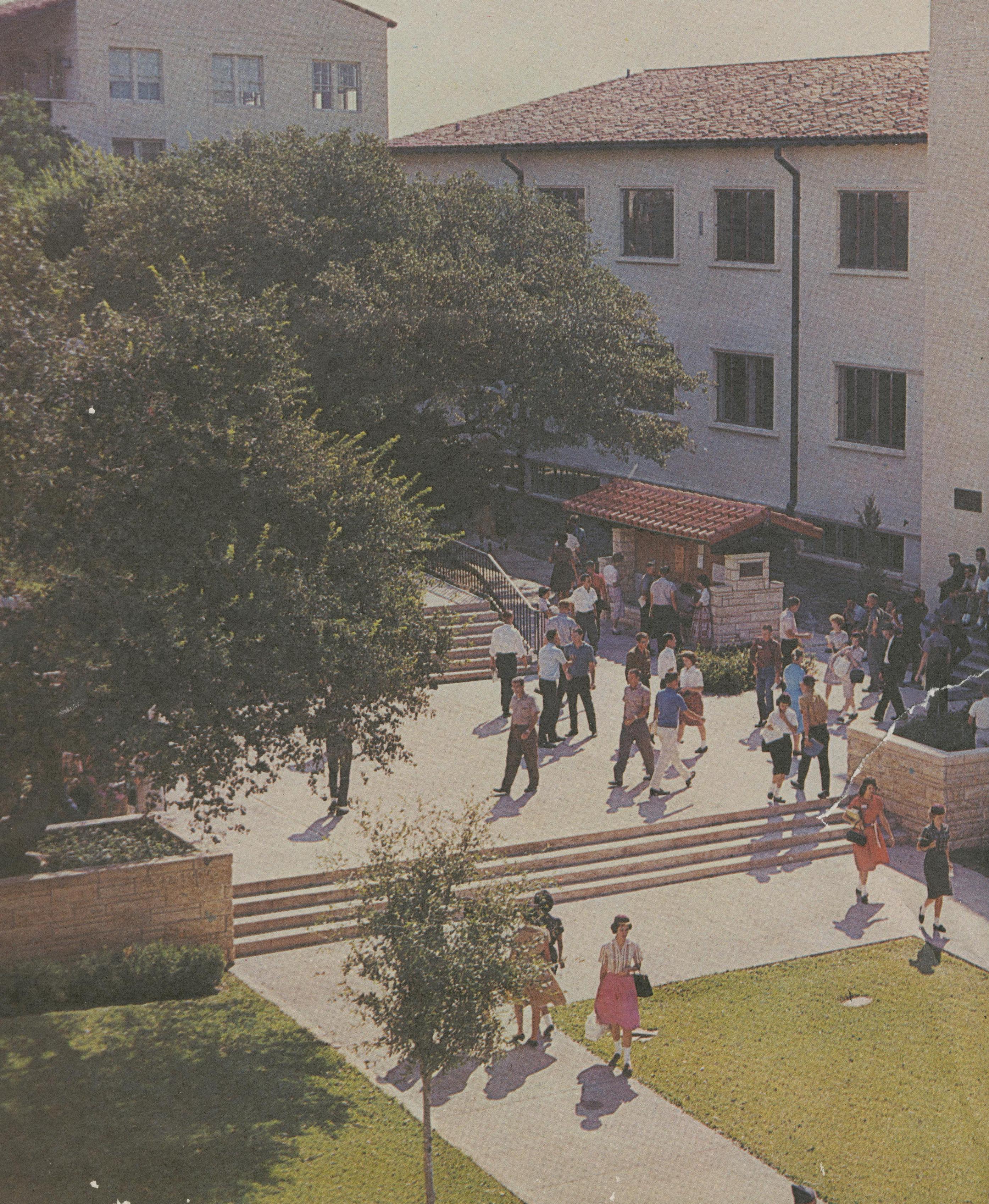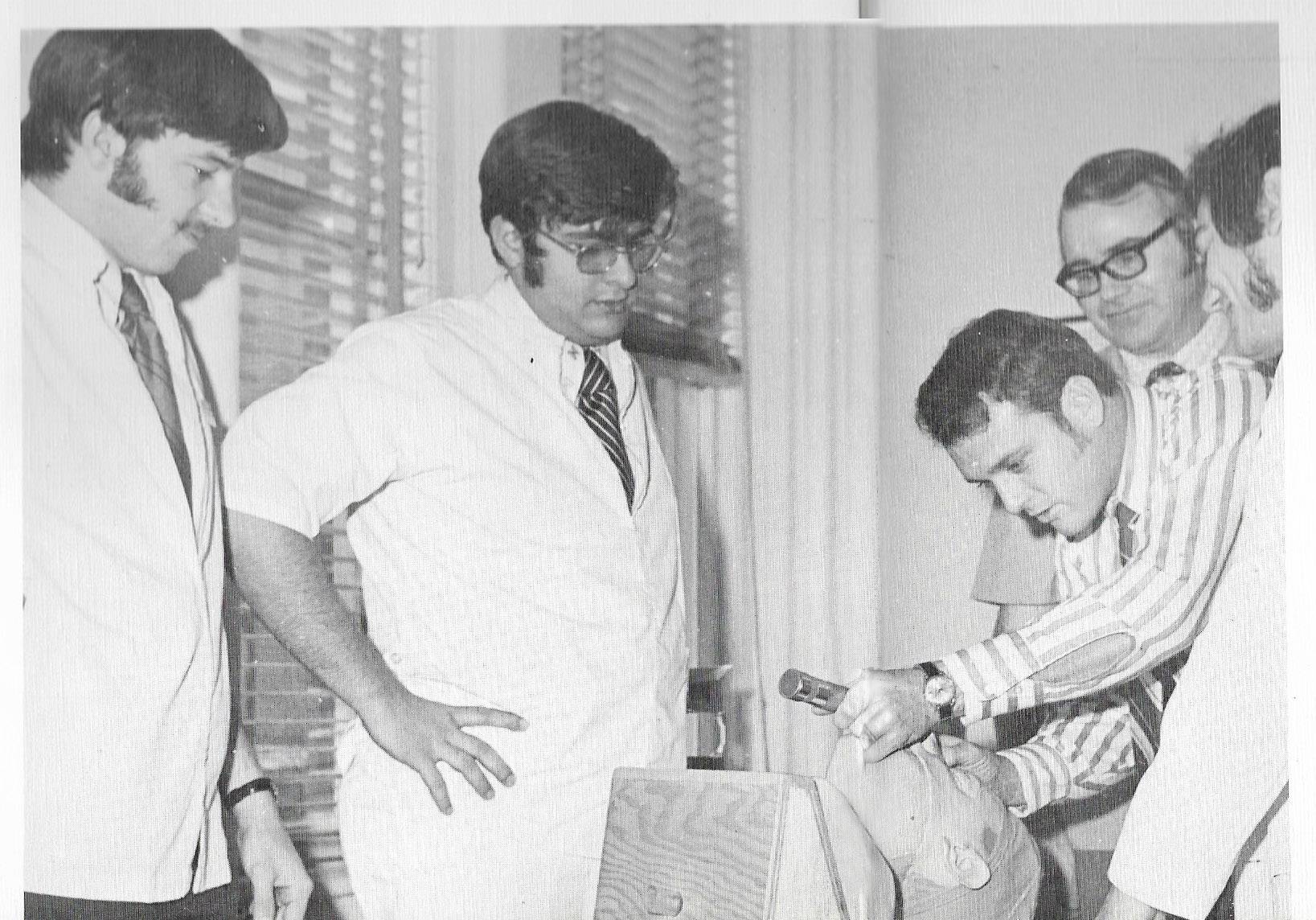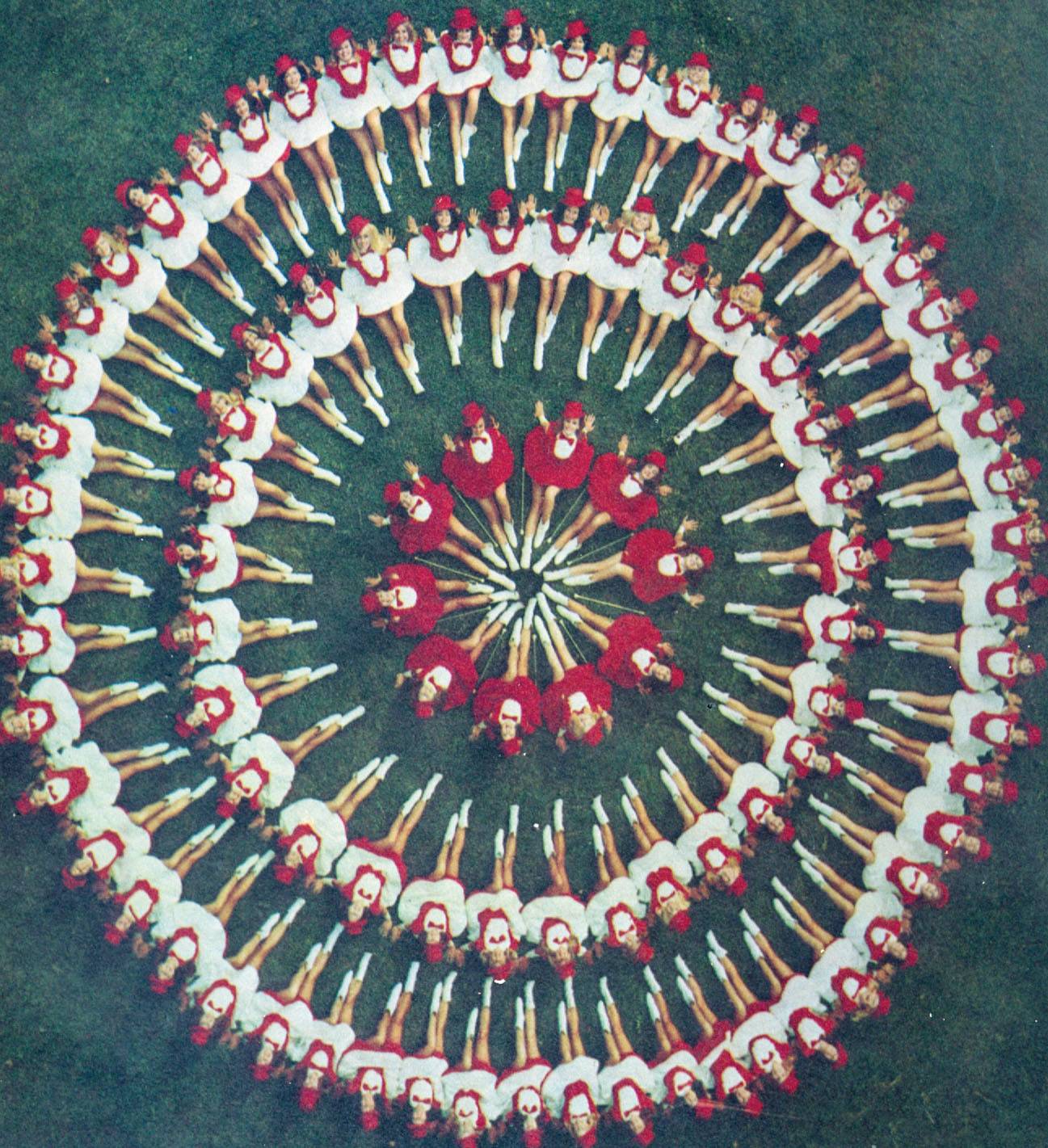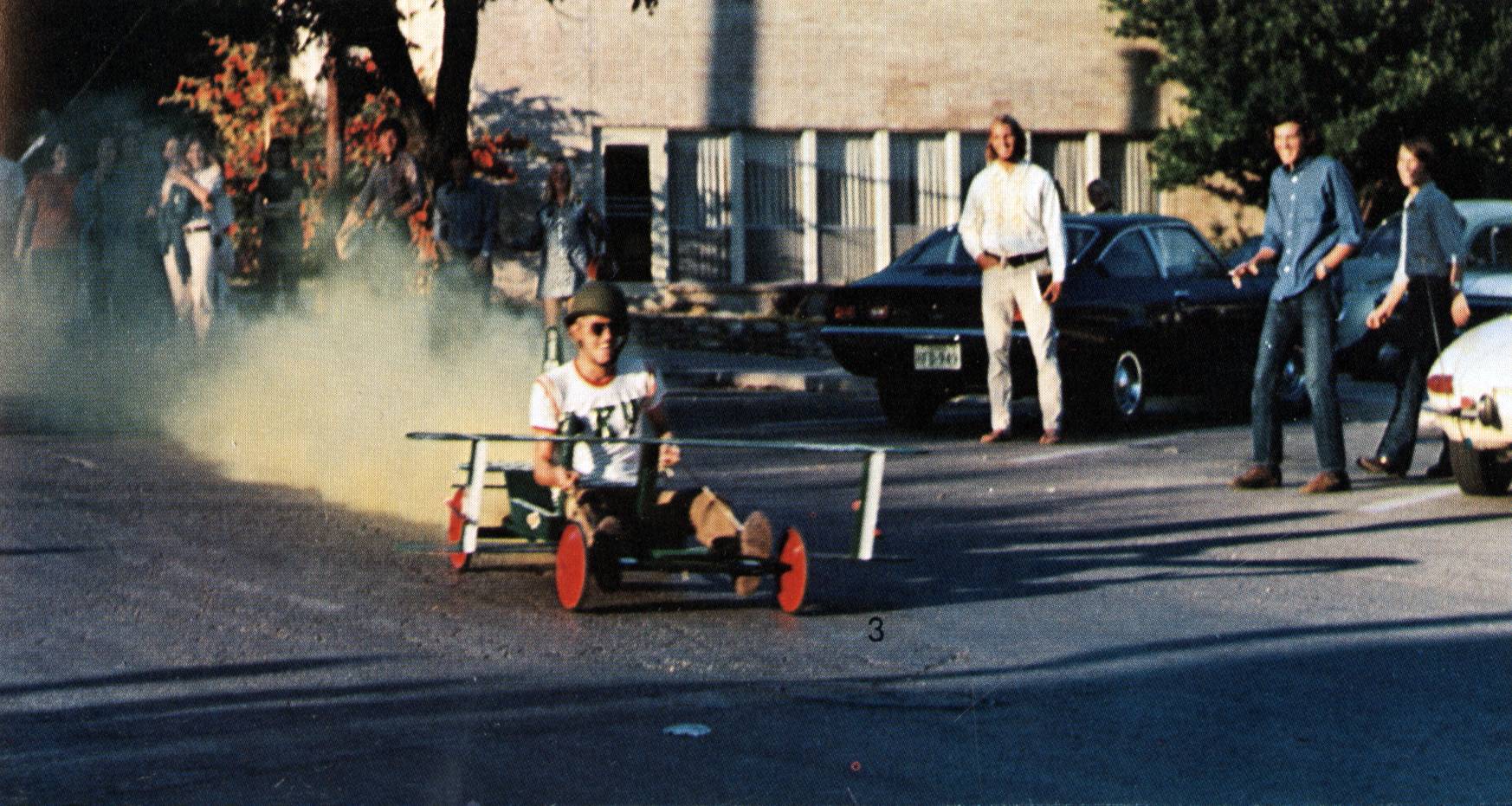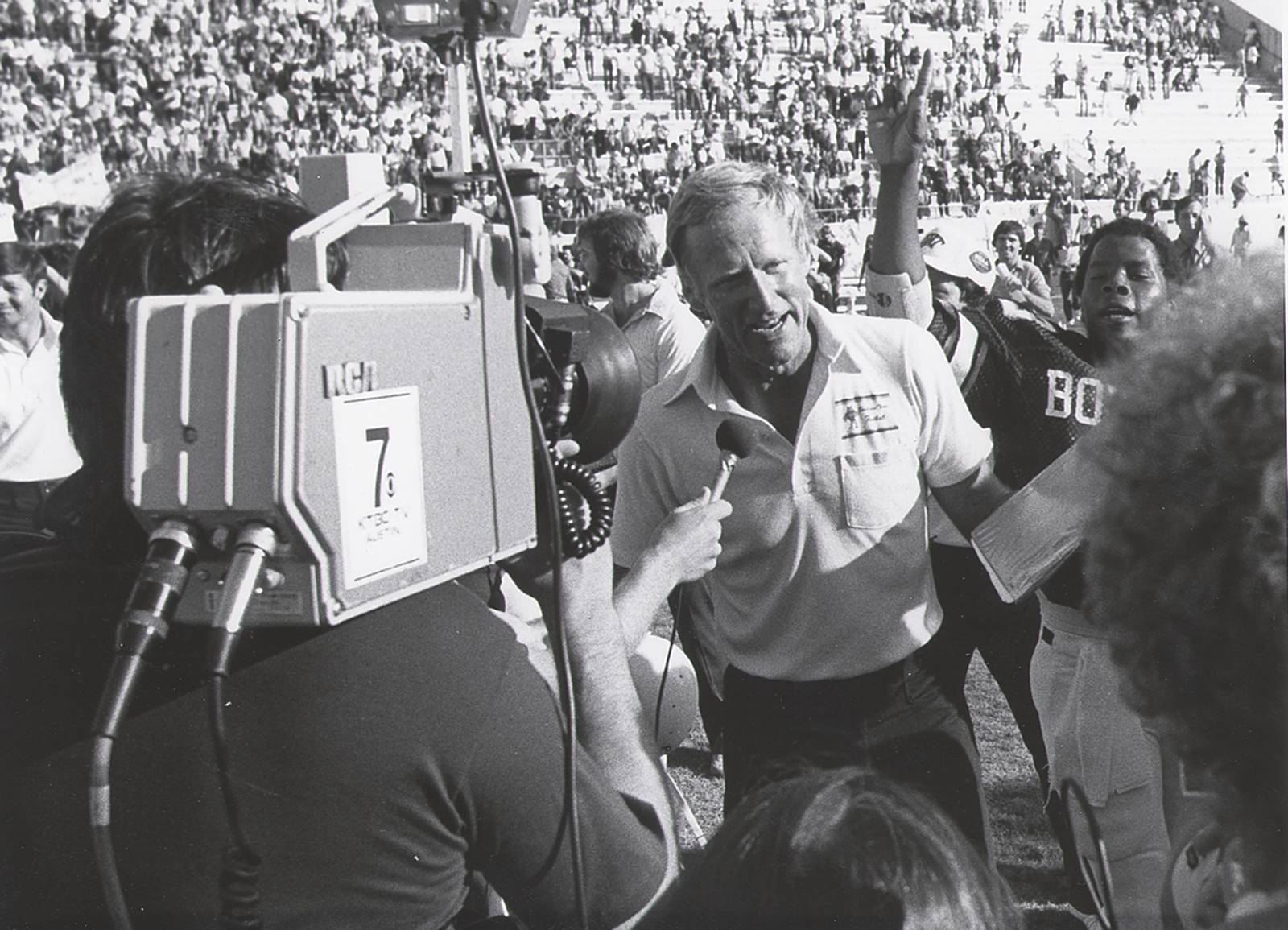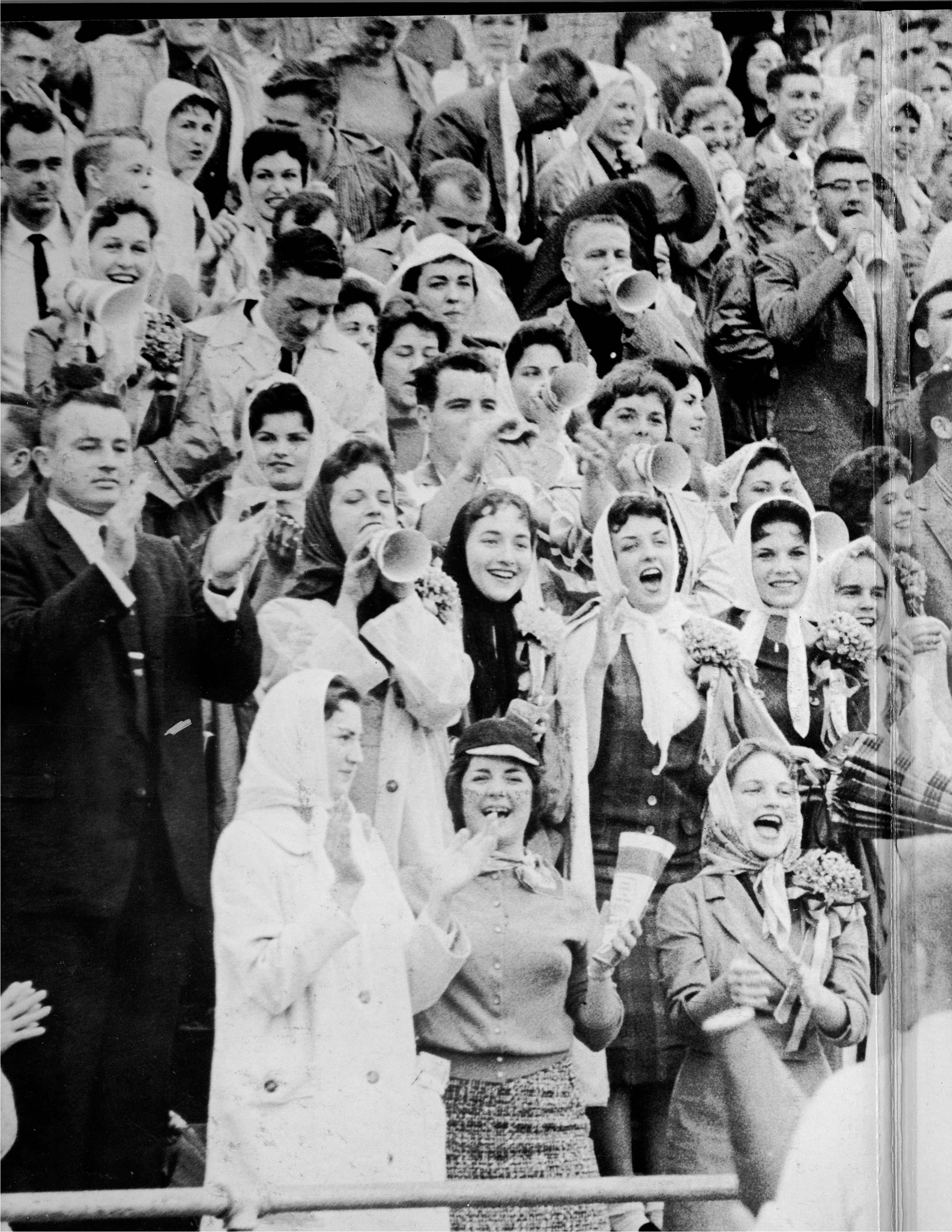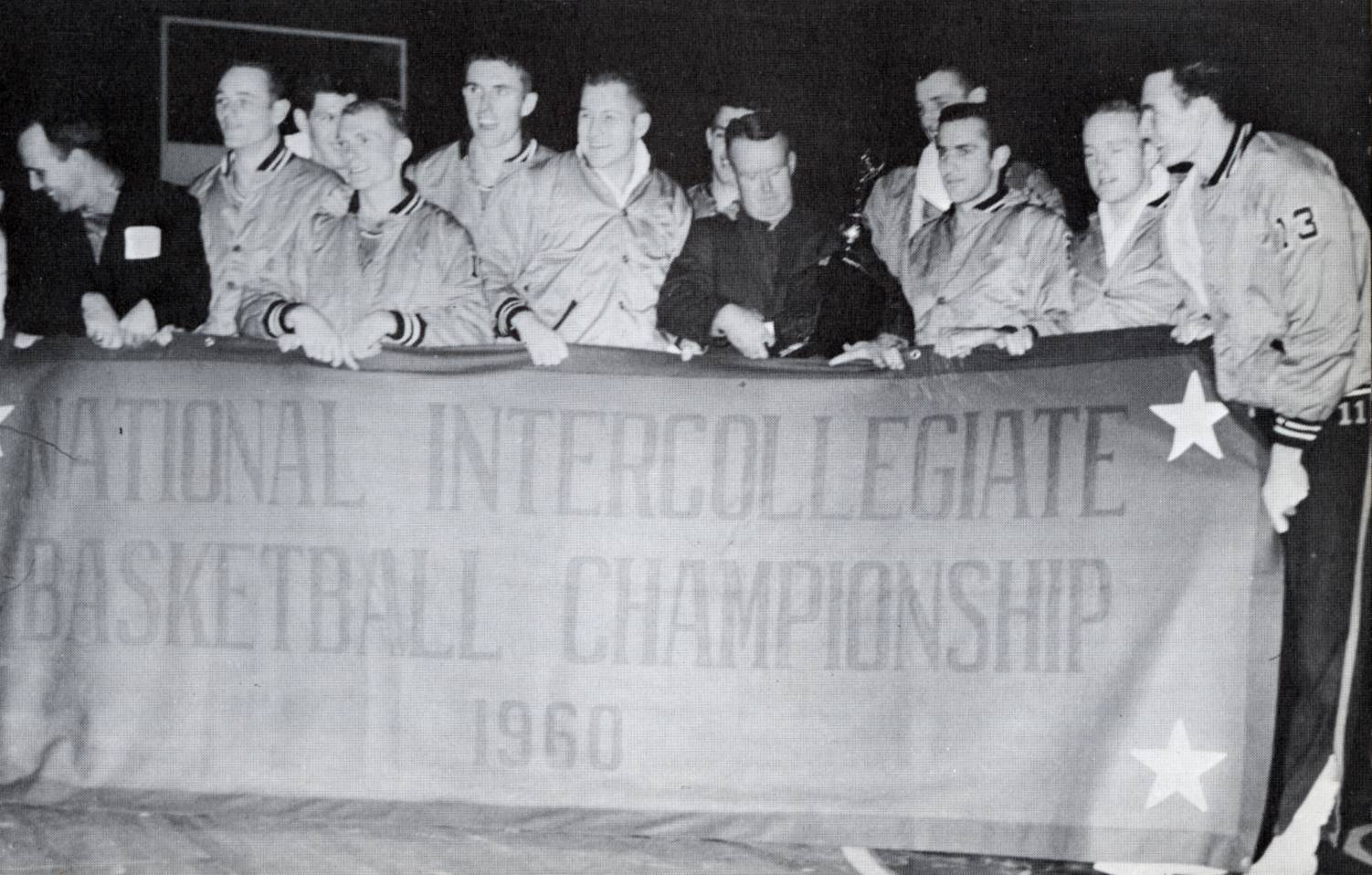The growth Texas State underwent throughout the era included advances in its academic offerings and the establishment of the Honors College. Founded in 1967, the General Honors Program would initially offer two courses and accept 36 of 55 applicants from all realms of academia, including liberal and fine arts, science, applied arts, and education. Today, the Honors College offers more than 200 courses to hundreds of students, as well as a minor in honors studies, and its graduates excel in advanced degree programs at renowned institutions around the world.
Nearly quadrupling in size from 1960, Texas State would see nearly 10,000 Bobcats enrolled at the start of 1970. The sizable growth spurt required a shift in academic offerings, and thus the School of Business Administration was established in 1970. Within 10 years, one in four students enrolled at Texas State University would be seeking a business degree.
Just as the university underwent expansion, so too did the needs of Texas. In response to a growing demand for essential healthcare professionals in the state, Texas State would develop the School of Allied Health Professions in 1972. Commencing with only one health professions program, inhalation therapy (now known as respiratory care), the college initially enrolled only 24 students. Now, more than 50 years later, the College of Health Professions boasts over 4,000 students enrolled in a diverse range of 18 undergraduate and graduate degree programs.
In the twilight of the decade, the university once again underwent a name change to better match its growth and development, becoming Southwest Texas State University in 1969.
In 1979, Texas State purchased the former San Marcos Baptist Academy adjacent to campus. The acquisition of these 78.5 acres for $11.25 million was the largest addition to the San Marcos Campus since 1903, increasing its size by 50 percent. Additionally, the university’s enrollment had expanded to 15,924, while athletics had moved into NCAA Division II.

